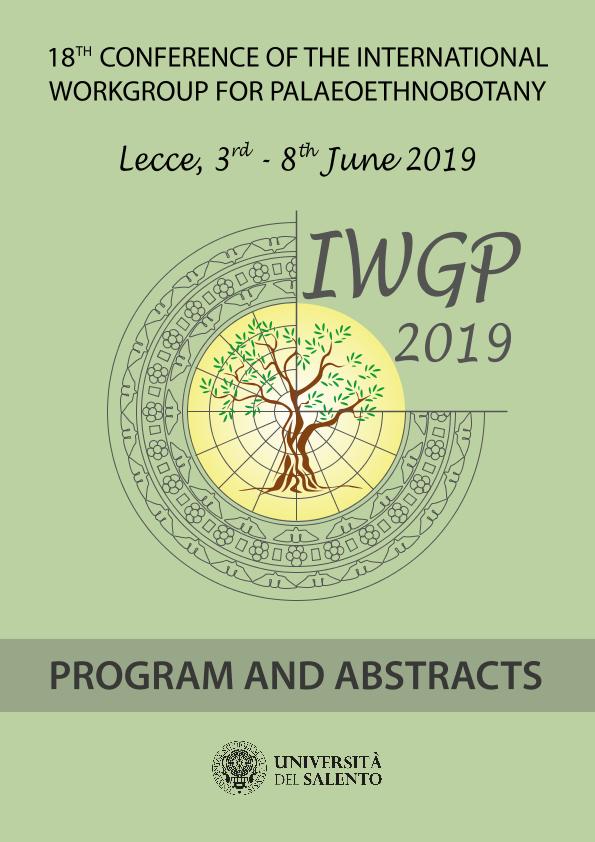Evento
Starch grains description of three taxa with underground organs from Patagonia and ancient use implications through microbotanical studies
Colaboradores:
Fiorentino, Girolamo; Primavera, Milena
Tipo del evento:
Congreso
Nombre del evento:
18th Conference of the International Workgroup for Palaeoethnobotany
Fecha del evento:
03/06/2019
Institución Organizadora:
Università del Salento. Dipartimento di Beni Culturale. Laboratory of Archaeobotany and Palaeoecology;
Título del Libro:
18th Conference of the International Workgroup for Palaeoethnobotany: Program and Abstract
Editorial:
Università del Salento. Dipartimento di Beni Culturale. Laboratory of Archaeobotany and Palaeoecology
ISBN:
978-88-8305-146-3
Idioma:
Inglés
Clasificación temática:
Resumen
Underground organs were frequently reported by written documentary evidence from XVIth century onwards to have been an important food source for Patagonian original people. They were usually cooked in ceramic bowls. Their archaeobotanical evidence, however, is still limited to a very few macroremains. The objective of this paper is to develop skills for the identification of Patagonian underground organs from archaeological artifacts through microremains analysis, specifically starch grains, and to contribute to the understanding of the history of used of these plants in the region. Starch grains of two tubers (Tropaeolum porifolium, Diposis patagonica) and one rhizome (Alstroemeria sp.) were described along transversal section of each organ following standard methods and international nomenclature. Shape, size and polarization cross were the 1 2 3 1 most diagnostic variables and allowed distinguishing Diposis patagonica’s as the smallest (mostly up to 15 μm in the major diameter) and most shape diverse starch grains. On the other hand, Alstroemeria and Tropaeolum porifolium had larger starch grains (mostly between 15 and 30 μm), predominantly spherical and oblong in both taxa but also triangular in the latter. Results were applied to the residue analyses of a Late Holocene pot sherd from Monte Loaysa (Santa Cruz, Argentina) from which starch grains affine to Tropaeolum were identified. Prehistoric use implications of this genus and underground organs in general are discussed.
Palabras clave:
UNDERGROUND ORGANS
,
STACH GRAINS
,
MICRO REMAINS
,
POT RESIDUES
Archivos asociados
Licencia
Identificadores
Colecciones
Eventos(CIEMEP)
Eventos de CENTRO DE INVESTIGACION ESQUEL DE MONTAÑA Y ESTEPA PATAGONICA
Eventos de CENTRO DE INVESTIGACION ESQUEL DE MONTAÑA Y ESTEPA PATAGONICA
Citación
Starch grains description of three taxa with underground organs from Patagonia and ancient use implications through microbotanical studies; 18th Conference of the International Workgroup for Palaeoethnobotany; Lecce; Italia; 2019; 86-86
Compartir
Altmétricas




